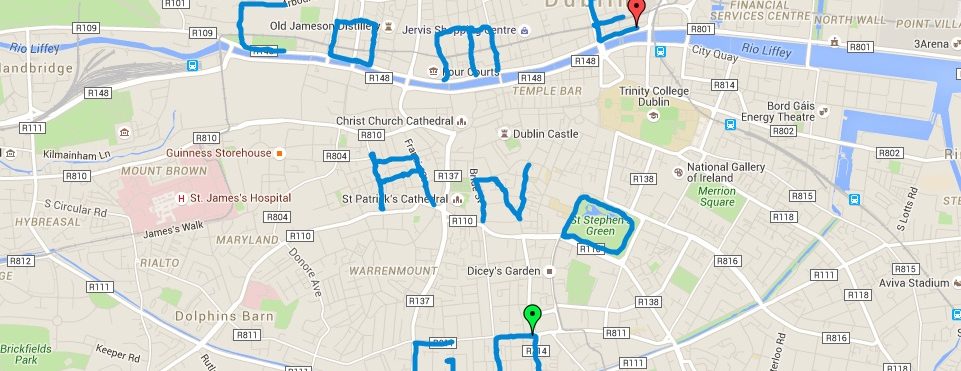Mais sobre ativismo político e telefone celular. O post anterior falava sobre a mobilização na China. Essa vem do Smart Mobs e mostra como os celulares, por ter maior penetração em países em desenvolvimento do que a internet, podem ser instrumentos eficazes de luta política através de seis características: “pervasividade, acessibilidade, anonimato, conexão viral e propagação de mensagens, autoria pessoal de conteúdo midiático”.
O artigo é de Ethan Zuckerman e está disponível aqui.
Trechos:
“Blogs and online communities are great channels for information and citizen media dissemination, events organization, and fundraising, but they are popular, more prevalent and accessible in the developed world. In the developing countries the Internet is less present, while the mobile technology covers unexpectedly great areas and counts much more users comparing to landlines or Internet use. Mobile communications are still expending in a fast pace: by 2010 it is estimated that 50% of the world population will become mobile users (3.3 billion people).
Shortly put, when talking about social activism goals and means, mobiles have the following advantages: pervasiveness and accessibility, anonymity, viral connectivity and message propagation, personal authorship of citizen media content.
Anonymity is not easily achievable in developed countries, where the phone number is usually linked to a permanent address and a credit card, but possible and rather frequent in the developing world, due to the pay-as-you-go system. This is very helpful for activists, who can act in a safer and freer manner. Besides, the new capability of anonymously transferring money (M-PESA system from Safaricom or Wizzit in South Africa) opens a new dimension of fundraising for activist initiatives.
The power that text messages sent via mobile phones had in bringing smart mobs to demonstrations and in changing political situations is proved by the cases of Philippines and Ukraine. The SMS technology has the power to quickly mobilize masses and organize demonstrations for various causes, raging from political to customer rights.
The organic, viral pattern of network propagation (each individual is a node and communication becomes many to many) makes it almost impossible to stop a message by turning off a single node of communications, like a cell phone, though police and governmental actions (like the Belarusian, Cambodian, Albanian, Iranian, and Chinese attempts) tried to and sometimes did block SMS systems in order to stop SMS-spread demonstrations or people’s political dialogs before elections.
The mobile phones with cameras can turn their owners into amateur on-the-go journalists, who can send pictures or video materials on events they witness as MMS messages to other people, who distribute them further, or to radios, even blogs that can compile citizen reports into structured conventional media-like reports. This way, mobile technology makes possible what DR. Steve Mann calls “sousveillance,” which means monitoring of authority figures by grassroots groups, using the technologies and techniques of surveillance. In this concern, mobile phones are seemingly neutral empowering tools: they can contribute to the success of the candidates and also to their failure, sometimes even both, successively, depending on the nature of the information sent about them (like in the case of President Gloria Arroyo).
Based on these observations, Ethan Zuckerman concludes that “cell phones may be the most important technical innovation of the decade.”
